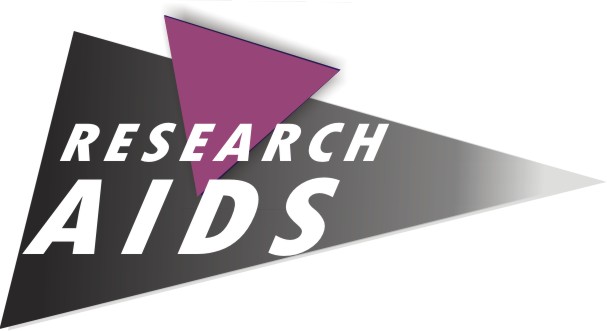Introduction of Project
The introduction of antiretroviral treatment in 1996 revolutionized the treatment of HIV/AIDS, adding decades of life to people living with the disease. Access to treatment has expanded dramatically over the past decade as a consequence of an unprecedented global effort to combat HIV/AIDS, but intensified efforts in prevention are still needed to reverse the course of the pandemic.
Global Progress
Funding for HIV/AIDS in low- and middle-income countries increased from a mere $300 million (U.S. ) in 1996 to $13.6 billion (U.S.
• The Joint United Nations Programme on HIV/AIDS (UNAIDS) was launched in 1996 to strengthen the U.N. response to the pandemic. It coordinates the HIV/AIDS activities of 10 U.N. organizations, provides strategic information, and advocates for a greater political and financial commitment to control HIV/AIDS.
• The Global Fund to Fight AIDS, Tuberculosis and Malaria (Global Fund) was established in 2002 as an innovative financing mechanism to raise and disburse funding to countries in need. As a partnership representing public and private stakeholders, the Global Fund uses a demand-driven, performance-based model. Countries can apply for grants to finance their response to HIV/AIDS, whereas continued financing is dependent on achievement of targets. By March 2009, the Global Fund had committed $11.9 billion (U.S.
• The U.S. President’s Emergency Plan for AIDS Relief (PEPFAR), established in 2003 by the U.S.
(U.S. U.S. ) between 2010 and 2015 for global health, including $51 billion (U.S.

No comments:
Post a Comment